Dogs vs. Cats: Why Breeds Look So Different

Brief Overview
Have you ever wondered why there are so many different dog breeds but a much smaller variety of cat breeds? The answer lies in genetics and the historical relationship between humans and these animals.
Thanks to thousands of years of selective breeding, dogs boast a wider genetic diversity. Humans bred dogs for specific tasks, from herding sheep to hunting foxes. This focus on desired traits led to various dog breeds, each with unique physical and behavioural characteristics.
Cats, on the other hand, haven't undergone the same level of selective breeding. They primarily served as companions and human intervention less influenced their evolution. This resulted in a more limited genetic pool and fewer distinct cat breeds.
This article explores the fascinating reasons behind the diversity of dog breeds compared to cat breeds, delving into factors like selective breeding, historical influences, and the impact of human preferences. It unveils a human-animal connection woven through centuries, showcasing the beauty of genetic variation in the animal kingdom.
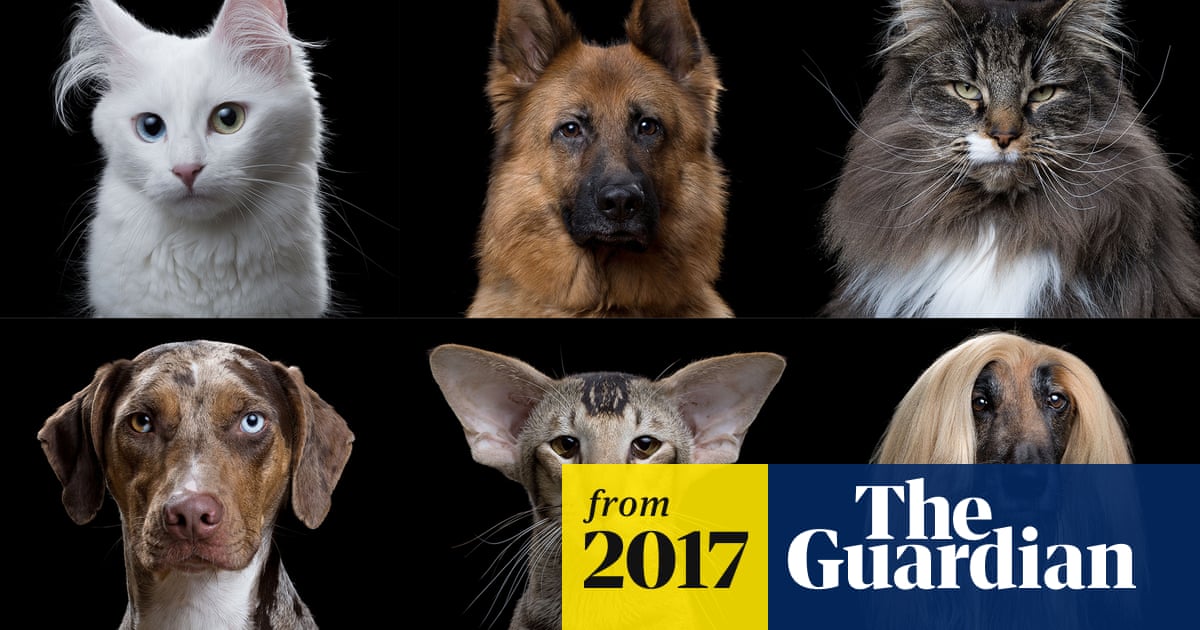
Genetic Diversity
Genetic factors leading to diverse dog breeds
When you compare Dog Breeds to Cat Breeds, it's fascinating to see how dog breeds showcase a higher genetic diversity. This diversity stems from the deliberate process of selective breeding, honed over generations to accentuate specific traits. From the sturdy build of a working dog to the playful demeanour of a companion breed, each dog breed embodies a unique genetic makeup crafted with precision and care.
Reasons behind limited genetic diversity in cats
On the other hand, cat breeds present a different picture, with limited genetic diversity compared to their canine counterparts. Cats haven't undergone the same level of selective breeding for specialized traits, resulting in a more homogeneous genetic pool. While each cat breed has its charm and distinct characteristics, the overall diversity among cat breeds remains more confined.
Taking a closer look at the Criteria of genetic diversity, it becomes evident that dogs and cats have followed distinct paths shaped by Purpose, Breed Standards, and Historical Influence. While dogs have flourished under the guidance of humans, adapting to various roles and responsibilities, cats have retained a sense of independence that is reflected in their genetic makeup.
As you explore the world of dog and cat breeds, remember that diversity isn't just about physical appearances but a reflection of centuries-old relationships between humans and animals. Each breed tells a story of connection, companionship, and the beauty of genetic variation waiting to be unravelled.

Selective Breeding
History and impact of selective breeding in dogs
In the realm of selective breeding in dogs, history shows the profound impact of human intervention in shaping various breeds for specific functions. The evolution of dog breeds underscores the power of selective breeding to enhance desired traits, emphasizing the close bond between humans and canines in this shared journey.
Comparative analysis of selective breeding in cats
Conversely, selective cat breeding has unfolded with nuances distinct from dogs, resulting in a narrower genetic spectrum among feline counterparts. The historical trajectory of cat breeds reveals a balance between natural selection and minimal human intervention, shaping their genetic profile with inherent independence and grace.

Breed Specific Traits
Identification and development of traits in dog breeds
As you delve into the world of dog breeds vs. cat breeds, you'll discover the fascinating array of traits that make each dog breed unique. The development of these traits has been a meticulous process guided by generations of dedicated breeders aiming to accentuate specific characteristics.
Whether it's the intelligence of a Border Collie or the loyalty of a Golden Retriever, each dog breed showcases a distinct blend of genetic traits that have been carefully nurtured over time.
Comparison of distinct traits in various cat breeds
Similarly, when you explore cat breeds, you'll find a subtle yet captivating range of traits that define each feline companion. While cat breeds may exhibit a more limited genetic diversity compared to dogs, they possess their own set of unique characteristics.
Whether it's a Siamese's agility or a Ragdoll's affectionate nature, each cat breed carries a special charm that reflects its genetic makeup and evolutionary history.
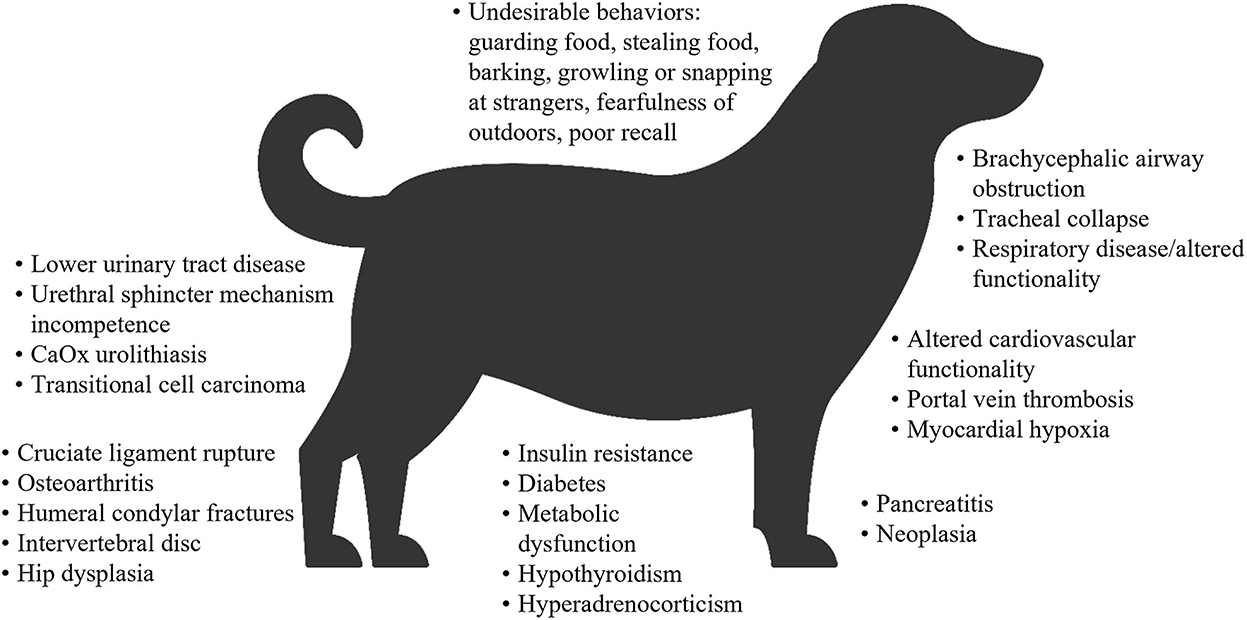
Purpose of Breeding
Functional Roles Influencing Dog Breed Variations
When you immerse yourself in the world of dog breeds compared to cat breeds, you'll be amazed by the distinct traits that define each canine companion. Breeding these traits has been a labour of love, with dedicated breeders shaping generations of dogs to highlight specific characteristics. From a Border Collie's intelligence to a Golden Retriever's loyalty, every dog breed embodies a unique blend of genetic traits carefully cultivated over time.
Contrast in the purpose of breeding for cat breeds
Similarly, as you venture into the realm of cat breeds, you'll encounter a charming variety of traits that set each feline apart. Although cat breeds may exhibit a narrower genetic pool than dogs, they possess distinctive characteristics.
Whether it's the agility of a Siamese or the affectionate nature of a Ragdoll, every cat breed exudes a special allure that mirrors their genetic composition and evolutionary journey.
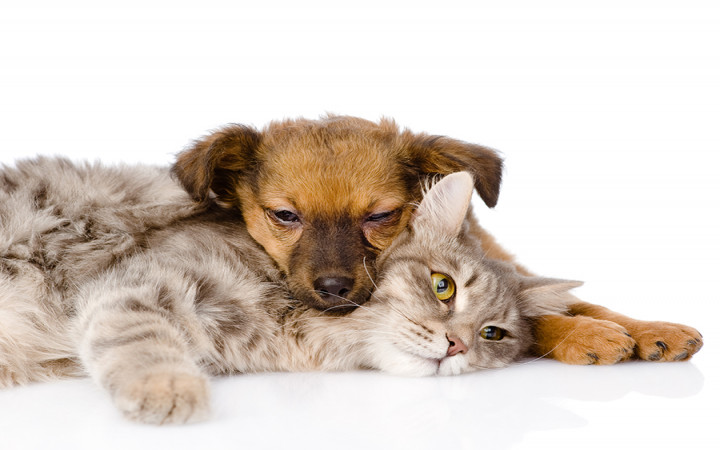
Human Influence
Influence of human preferences on dog breed diversity
As you dive deeper into the fascinating world of dog breeds compared to cat breeds, you'll marvel at the incredible diversity that human influence has bestowed upon our canine companions. Humans have shaped dog breeds through centuries of selective breeding and careful curation to match their preferences and needs. This intentional breeding has led to various breeds, each tailored to serve various functions, whether as loyal family pets, agile working dogs, or devoted guardians. The diversity among dog breeds is a testament to the intricate dance between human desires and the natural abilities of these remarkable animals.
Minimal human intervention in cat breed development
Similarly, when you explore the enchanting world of cat breeds, you'll appreciate the subtle influence that humans have had on the feline kingdom. Unlike dogs, cat breeds have evolved with minimal human intervention, relying more on natural selection and environmental adaptation.
The distinct traits found in various cat breeds are often a result of their innate instincts and genetic makeup, with humans playing a peripheral role in their development. This hands-off approach has allowed cat breeds to retain their unique characteristics and independence, reflecting the fascinating diversity present within the feline population.
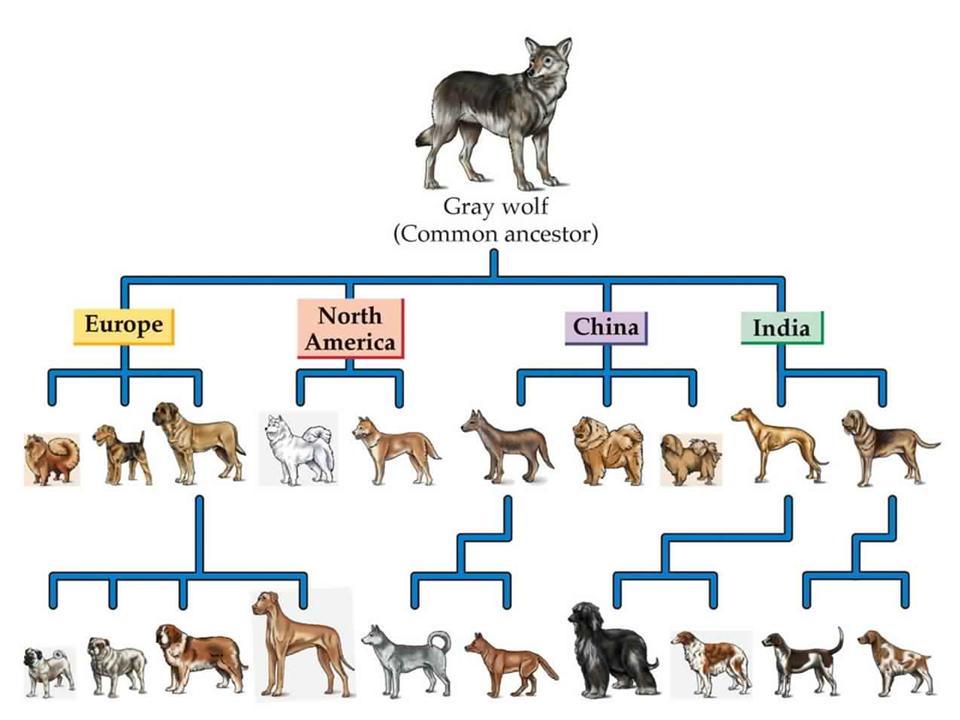
Evolutionary History
Impact of evolution on dog breed divergence
As you delve further into the captivating realm of dog breeds compared to cat breeds, a sense of wonder envelops you as you witness the remarkable impact of human influence on the diversity of our beloved canine companions.
Over generations, through meticulous selective breeding and thoughtful cultivation, humans have intricately crafted dog breeds to align with their preferences and requirements. This deliberate breeding process has given rise to a rich tapestry of breeds, each with distinct characteristics tailored to fulfil various roles, from cherished family members to diligent working partners.
The vast spectrum of dog breeds stands as a testament to the harmonious interplay between human aspirations and the innate capabilities of these incredible animals.
Understanding the evolutionary path of various cat breeds
Similarly, as you explore the enchanting world of cat breeds, you realize the subtle influence humans have wielded within the feline domain. Unlike their canine counterparts, cat breeds have evolved with minimal human intervention, relying predominantly on the forces of natural selection and adaptation to their surroundings.
The unique traits exhibited by different cat breeds often stem from their inherent instincts and genetic composition, with humans assuming a peripheral role in their evolution. This hands-off approach has enabled cat breeds to preserve their distinct qualities and sense of autonomy, underscoring the captivating diversity present across the feline populace.
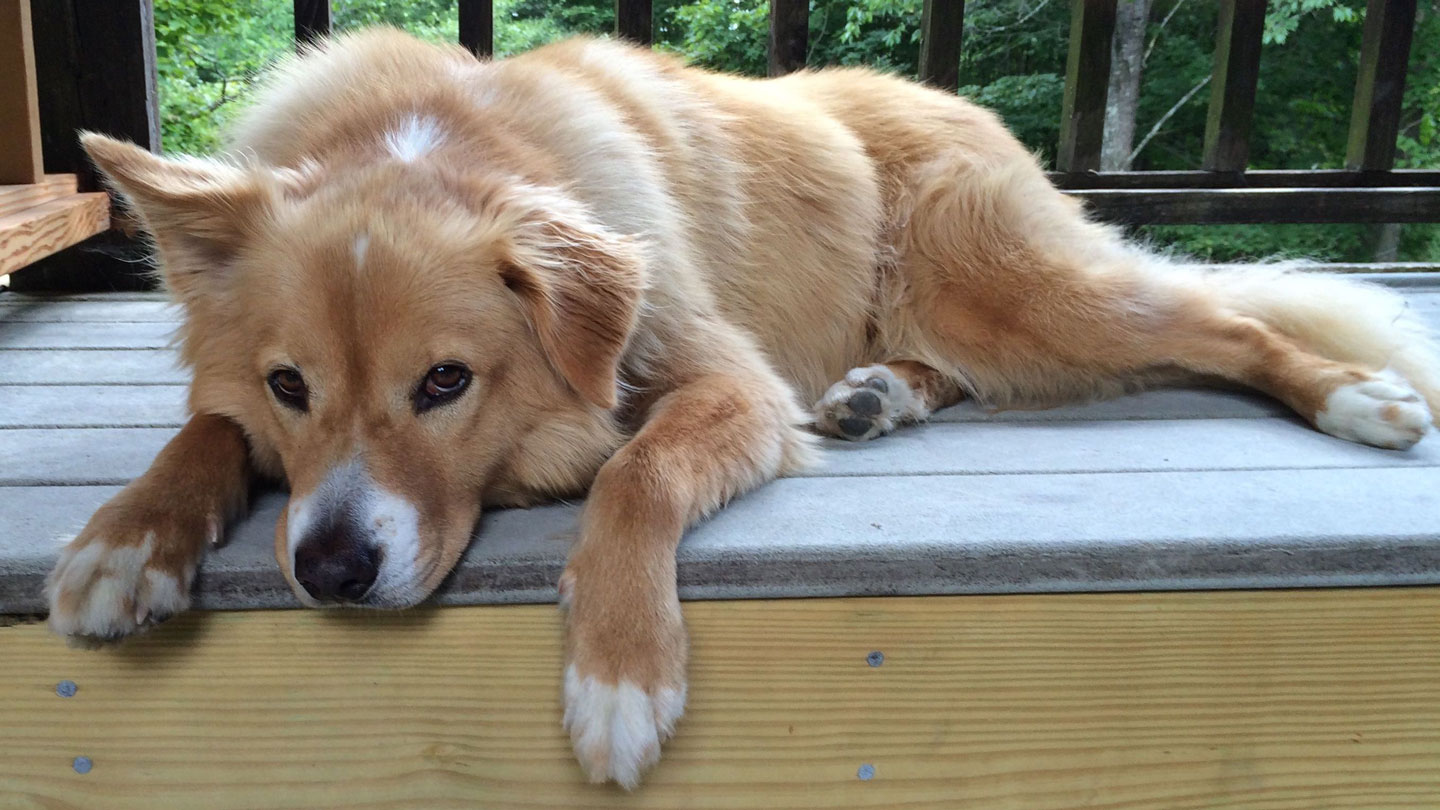
Ecological Factors
Environmental Considerations Affecting Dog Breed Variations
As you continue to immerse yourself in dog breeds compared to cat breeds, a sense of awe encompasses you when you consider the profound impact of environmental factors on the divergence of canine breeds. The varying landscapes and climates in which different dog breeds originated have played a crucial role in shaping their physical attributes and behavioural tendencies.
From the sturdy Alaskan Malamutes bred to withstand harsh Arctic conditions to the nimble Italian Greyhounds adapted for agility in warmer climates, each breed reflects a harmonious blend of genetic predispositions and environmental pressures. The intricate interplay between nature and nurture has given us a diverse array of dog breeds, each uniquely suited to thrive in its specific ecological niche.
Ecological factors influencing cat breed characteristics
Similarly, as you delve into the fascinating diversity of cat breeds, you come to appreciate the subtle yet significant influence of ecological factors on the evolution of feline characteristics. Cat breeds have evolved over time to navigate a variety of habitats, from the agile and predatory Bengal cats of the jungle to the resilient and adaptable Scottish Folds of more domestic settings. The interactions between cats and their natural surroundings have sculpted not only their physical features but also their behavioural patterns, resulting in a mosaic of feline breeds each finely attuned to their ecological contexts.
By observing these intricate adaptations, you gain a deeper understanding of the interconnectedness between cats and their environments, showcasing these mesmerising creatures' resilience and versatility.

